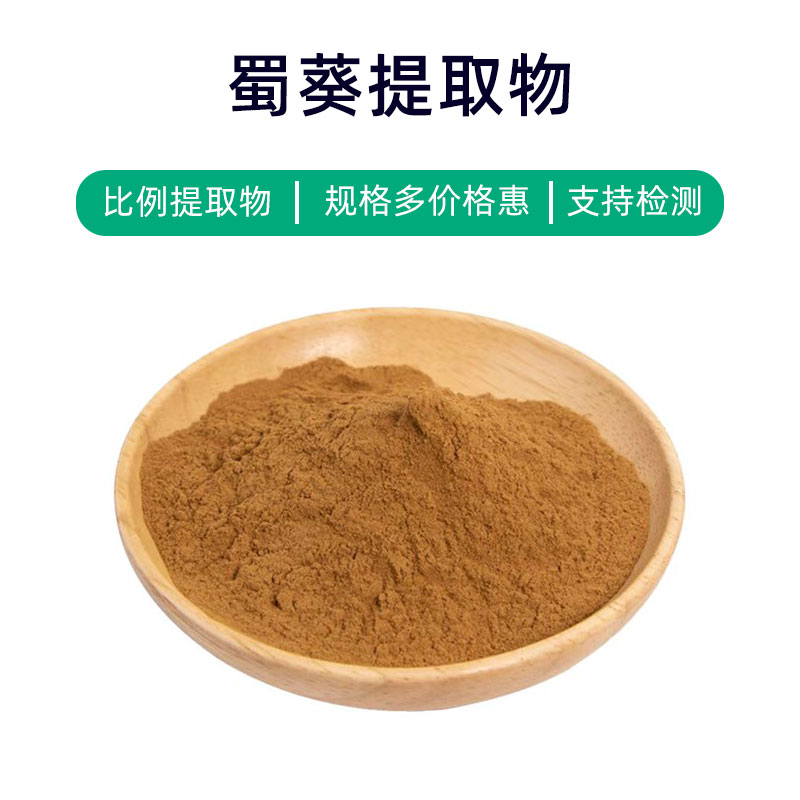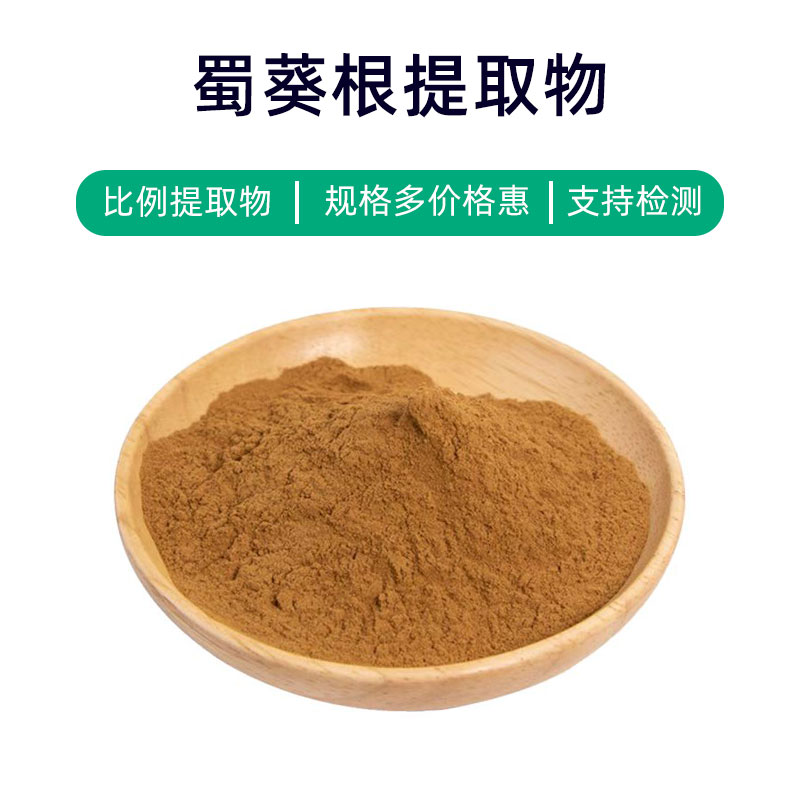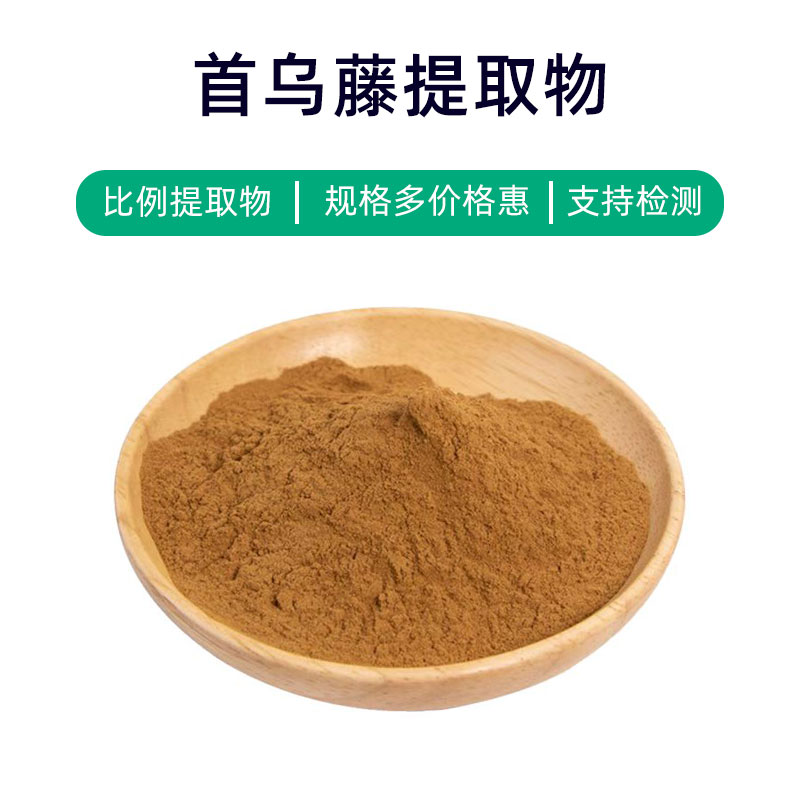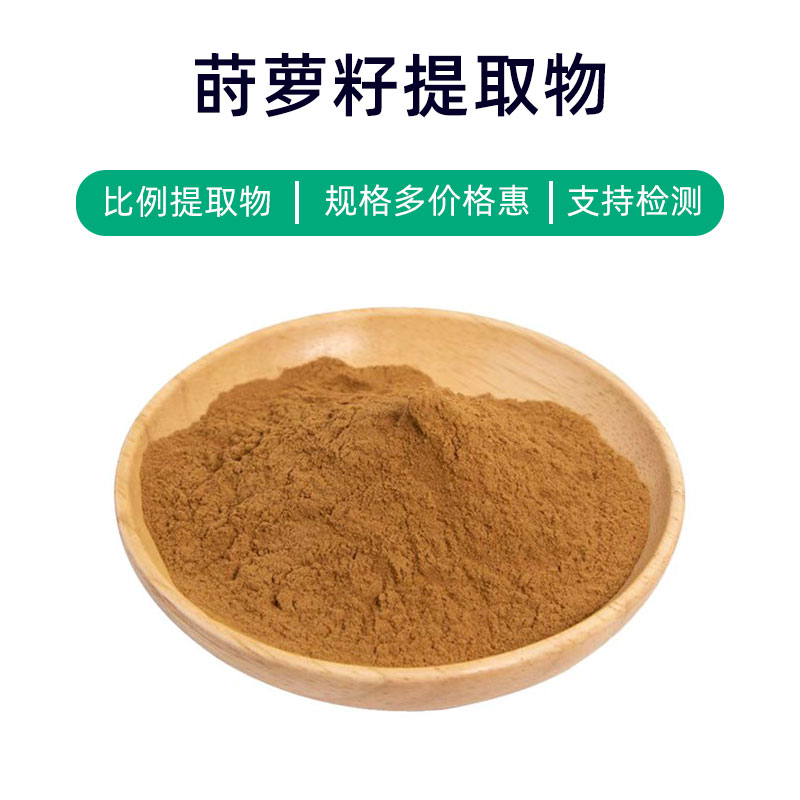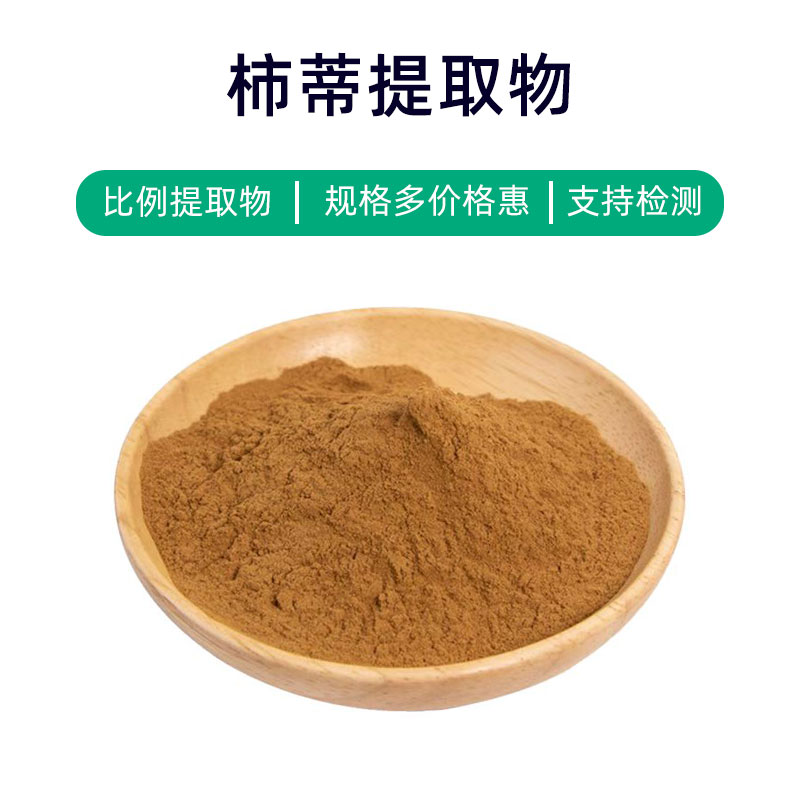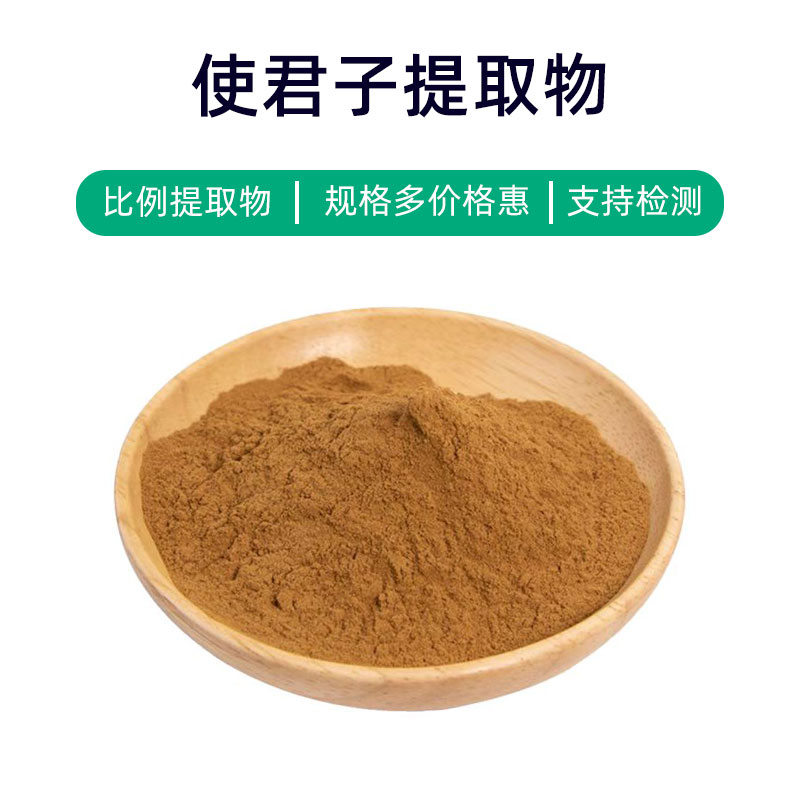Sand Ginseng Extract Product Introduction
Sand Ginseng Extract is a natural plant extract obtained from the roots of Panax notoginseng. Its main components include active ingredients such as saponins, polysaccharides, proteins, and amino acids, which are widely recognized for their various health benefits.
Firstly, Sand Ginseng Extract is believed to help regulate cardiovascular health. The saponin components are thought to promote blood circulation, reduce blood viscosity, lower lipid levels, and decrease blood pressure, thus aiding in the prevention of cardiovascular diseases. Additionally, this extract is used to improve microcirculation and alleviate symptoms of angina and coronary heart disease.
Secondly, Sand Ginseng Extract is widely applied in the field of immune regulation. The polysaccharide components are believed to have immune-modulating effects, enhancing the body’s immune function and increasing resistance to infections and inflammation. Thus, it is commonly used in pharmaceutical formulations and dietary supplements for boosting immunity and preventing colds.
Moreover, Sand Ginseng Extract is also included in various cosmetics due to its antioxidant and anti-inflammatory properties, which can improve skin conditions, reduce skin inflammation and allergic reactions, and maintain healthy and youthful skin.
In summary, Sand Ginseng Extract, as a natural plant extract, possesses multiple functions such as regulating cardiovascular health, enhancing immunity, and improving skin condition, making it widely used in pharmaceuticals, dietary supplements, and cosmetics.
Sand Ginseng Extract Production Process
The production process of Sand Ginseng Extract typically includes the following main steps:
- Raw Material Preparation: Select high-quality roots of Panax notoginseng for raw material, and carry out pre-treatment such as washing and chopping to ensure the quality and purity of the extract.
- Extraction Process: Place the processed roots into an extraction tank, adding an appropriate solvent (like ethanol or water) for extraction. The extraction time and temperature can be adjusted according to process requirements, usually conducted at 40-60 degrees Celsius for 12-24 hours.
- Filtration and Separation: Use methods such as pressing or centrifugation for solid-liquid separation of the extraction solution, removing plant residues to obtain the extract containing active components.
- Concentration and Evaporation: Concentrate the extract solution by evaporating the solvent to obtain a concentrated extract.
- Refining Process: Further refine the concentrated extract through steps such as precipitation, filtration, and crystallization to enhance the product's purity and stability.
- Drying and Granulation: Dry the refined extract to remove residual moisture, then granulate it using a granulation machine or other methods to yield the final product.
- Quality Inspection and Packaging: Conduct quality checks on the produced products, including appearance, content, and purity, and package those meeting specifications in sealed packaging to prevent moisture and sunlight exposure, ensuring quality and stability.
- Storage: Store the packaged product in a dry, cool, and well-ventilated area, avoiding direct sunlight and high temperatures to extend the shelf life.
By following these steps, high-quality Sand Ginseng Extract can be produced for use in pharmaceuticals, dietary supplements, and cosmetics.
Sand Ginseng Extract Benefits and Side Effects
Sand Ginseng, known as a traditional medicinal herb, has various benefits and uses in medicine and dietary supplements.
- Boosting Immunity: Sand Ginseng Extract contains various active components such as saponins and polysaccharides, which can enhance the body’s immune function, improving disease resistance and preventing infections.
- Antioxidant Effects: Rich in numerous antioxidants, Sand Ginseng Extract can eliminate free radicals in the body, reducing oxidative stress on cells, protecting cell health, and delaying aging.
- Anti-Inflammatory Effects: It possesses certain anti-inflammatory properties, helping to inhibit inflammation and alleviate symptoms, making it suitable for supportive treatment in conditions like colds or pharyngitis.
- Regulating the Immune System: Sand Ginseng Extract can modulate immune system functions, improving resistance, which is beneficial in preventing and supporting treatment of immune-related diseases such as rheumatoid arthritis and auto-immune disorders.
- Enhancing Physical Endurance: It has effects such as replenishing energy and nourishing the body, which can help improve stamina and alleviate fatigue, making it suitable as a supplement for laborers and athletes.
- Promoting Digestion: Sand Ginseng Extract provides a protective effect on the gastrointestinal tract, promoting the secretion of digestive juices and enhancing digestive functions, alleviating indigestion and gastrointestinal inflammation.
- Blood Sugar Regulation: Some components within Sand Ginseng Extract have shown blood sugar-lowering effects, assisting in blood sugar regulation, which can provide support for diabetes patients.
- Cardiovascular Protection: Contains active components beneficial for cardiovascular health, promoting lower blood pressure, lipid levels, and preventing thrombosis, thereby assisting in the prevention of cardiovascular diseases.
Although Sand Ginseng Extract offers various benefits, individuals should be cautious of dosage and personal differences that may lead to adverse reactions. Long-term or high-dose use could result in side effects such as dizziness, dry mouth, and indigestion, so it is advisable to use it under medical guidance.
Sand Ginseng Extract Application Scenarios and Dosage
Sand Ginseng Extract, as a traditional medicinal herb, has rich medicinal value and is widely applied in medicine, food, and cosmetics.
- Applications in Medicine:
- The medical field represents one of the primary applications for Sand Ginseng Extract. It is commonly used to prepare traditional herbal formula granules, oral liquids, capsules, and other medicinal forms to treat conditions like lung heat cough, chronic cough, and diabetes. Typical oral dosage varies based on the condition, usually around 3-9 grams per dose, taken 2-3 times daily.
- Applications in Food:
- In the food industry, Sand Ginseng Extract is often used as an ingredient for health foods, available in forms such as powders, oral liquids, and nutritional beverages. Its applications cover functions like tonifying and enhancing immunity, or regulating blood sugar levels. The typical oral dosage is smaller, following product instructions or medical recommendations.
- Applications in Cosmetics:
- Sand Ginseng Extract can also serve as an active component in cosmetics, used in formulations for skincare products, masks, and conditioners. Its key functions include moisturizing, antioxidant, and anti-aging properties, addressing issues like dry and rough skin. Usage is generally topical, applying based on product instructions.
- Dosage Control:
- In all fields—medicine, food, and cosmetics—it's important to control the dosage when using Sand Ginseng Extract to avoid adverse reactions. Generally, the daily oral dosage for adults should not exceed 10 grams; when using cosmetics, always follow product guidelines and avoid excessive application over large areas.
- Precautions:
- It is recommended that pregnant women, children, the elderly, and individuals with chronic medical conditions consult a healthcare professional before using Sand Ginseng Extract. Individual differences may lead to allergic reactions, so a skin test should be conducted for initial use; discontinue immediately if discomfort occurs.
In conclusion, Sand Ginseng Extract has broad application prospects in medicine, food, and cosmetics, but attention must be paid to dosage control and individual differences to avoid adverse reactions.
Sand Ginseng Plant Introduction, Distribution, and Growth Environment
Sand Ginseng, scientifically known as Adenophora stricta Miq., belongs to the bellflower family. This herbaceous plant is a perennial with substantial medicinal value, primarily found across Asia. Below is a detailed introduction to the plant source, distribution, and growth environment of Sand Ginseng Extract.
- Plant Characteristics:
- Sand Ginseng is an herbaceous plant with tuberous or spindle-shaped roots, cylindrical in shape, tough in texture, and with a yellow-brown surface that is branched, typically measuring 10-20 cm in length and about 0.5-1.5 cm in diameter. The stem is erect, reaching heights of 30-80 cm, branched above, and may be hairless or sparsely hairy. Leaves grow alternately, lanceolate to elongated-lanceolate, with entire or rough-edged margins, and the leaf surface may be hairless or have short soft hairs.
- Distribution:
- This plant is primarily distributed in China, Russia, the Korean Peninsula, Japan, and other parts of Asia, thriving in mountainous, grassland, and forest edge environments. Within China, Sand Ginseng is widely found in mountainous areas of Northeast, North China, and Southwest regions.
- Growing Environment:
- Sand Ginseng prefers humid environments and is not particularly picky about soil type, often found in mountainous areas, grasslands, and forest edges. It usually grows in mountainous regions at altitudes between 1000 and 3000 meters, demonstrating strong adaptability to temperature and humidity ranges.
- Growth Habits:
- The growth period for Sand Ginseng is relatively long, typically ranging from 5 to 7 years, with some individuals lasting even over 10 years. It is drought- and cold-resistant, yet requires adequate sunlight. In natural conditions, it thrives primarily in summer but also exhibits growth activity during spring and autumn.
- Harvesting Methods:
- Generally, the roots constitute the medicinal part of the plant, and the optimal harvest time is either in autumn or late autumn. During harvesting, the selection of robust, pest-free, and disease-free plants is essential; a hoe is used to dig them out completely, and after cleaning, they may be dried or sliced and dried for future use.
In summation, Sand Ginseng is a widely distributed herbaceous plant mainly growing in the mountainous, grassland, and forest edge areas of Asia. It exhibits strong adaptability to its growing environment and holds significant medicinal value, representing a crucial component of traditional Chinese medicine.
Sand Ginseng Extract Processing and Storage
The processing of Sand Ginseng Extract generally involves the following steps: First, the harvested Sand Ginseng roots are thoroughly cleaned to remove dirt and impurities; next, the cleaned roots are sliced or segmented to enhance extraction efficiency; subsequently, they undergo appropriate crushing and milling to increase the surface area of the extract; then, an appropriate solvent (such as water or ethanol) is used for the extraction process, with careful control of time and temperature; finally, the resulting solution is filtered, concentrated, and dried to obtain the Sand Ginseng Extract product.
For storage, Sand Ginseng Extract should be kept in a cool, dry, and well-ventilated environment, shielded from direct sunlight and moisture. It is crucial to avoid contact with harmful substances to prevent contamination. When packaging, it's advisable to use containers with good sealing and moisture-proof properties to extend the shelf life. Caution must also be taken to prevent contact with strong acids or bases to maintain product quality.
Monica Sun is a seasoned expert in the plant extraction industry with over a decade of experience in research and production. She specializes in the extraction and purification of plant active ingredients, focusing on driving innovation in natural product applications. Monica has participated in the development of multiple functional plant extracts, delivering high-value natural raw material solutions for the health food, pharmaceutical, and dietary supplement sectors.









